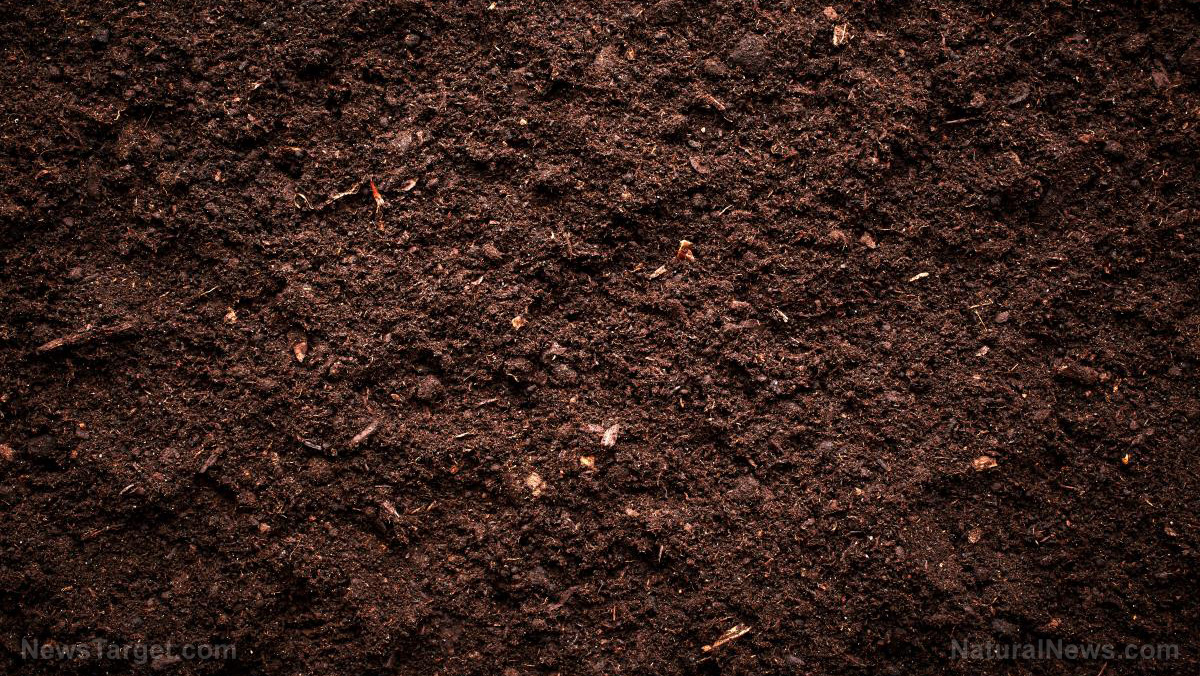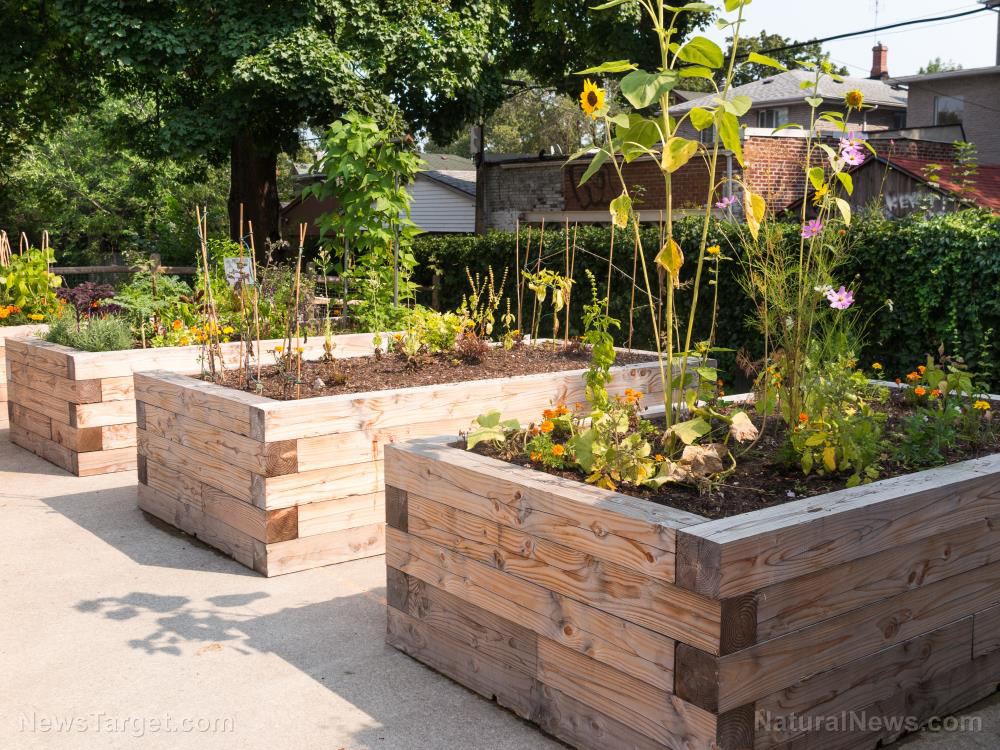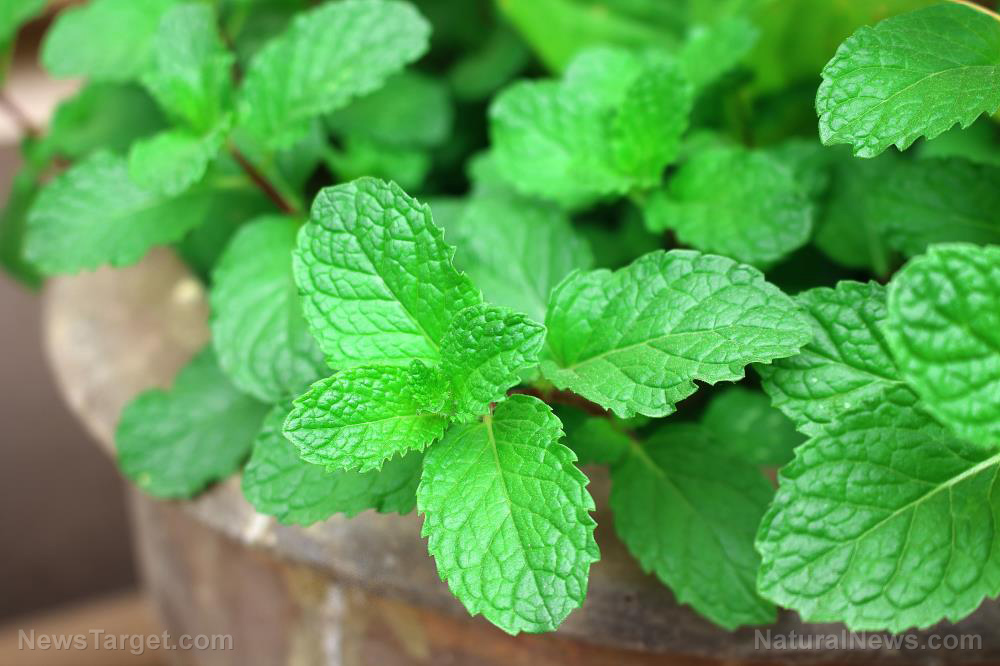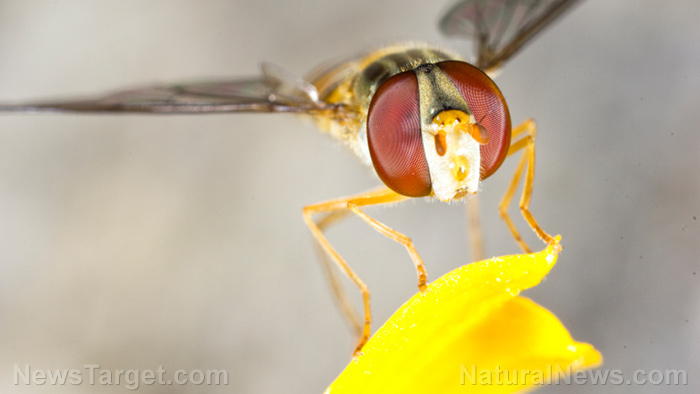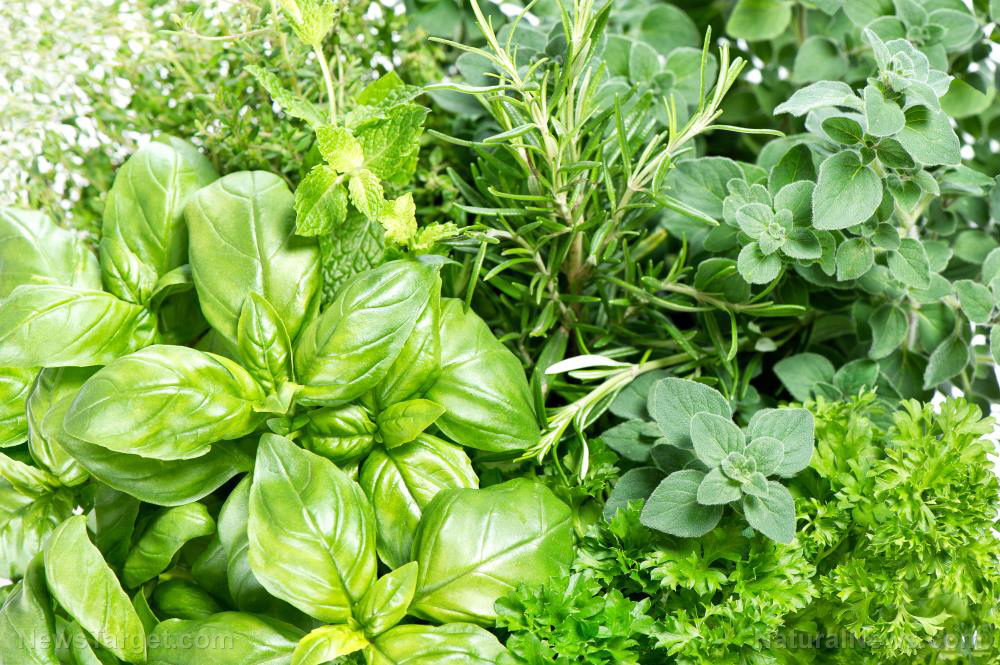Organic fertilizer alternatives: Composted chicken litter promotes sustainable agro-ecosystems with minimal nutrient leeching
03/19/2018 / By Frances Bloomfield
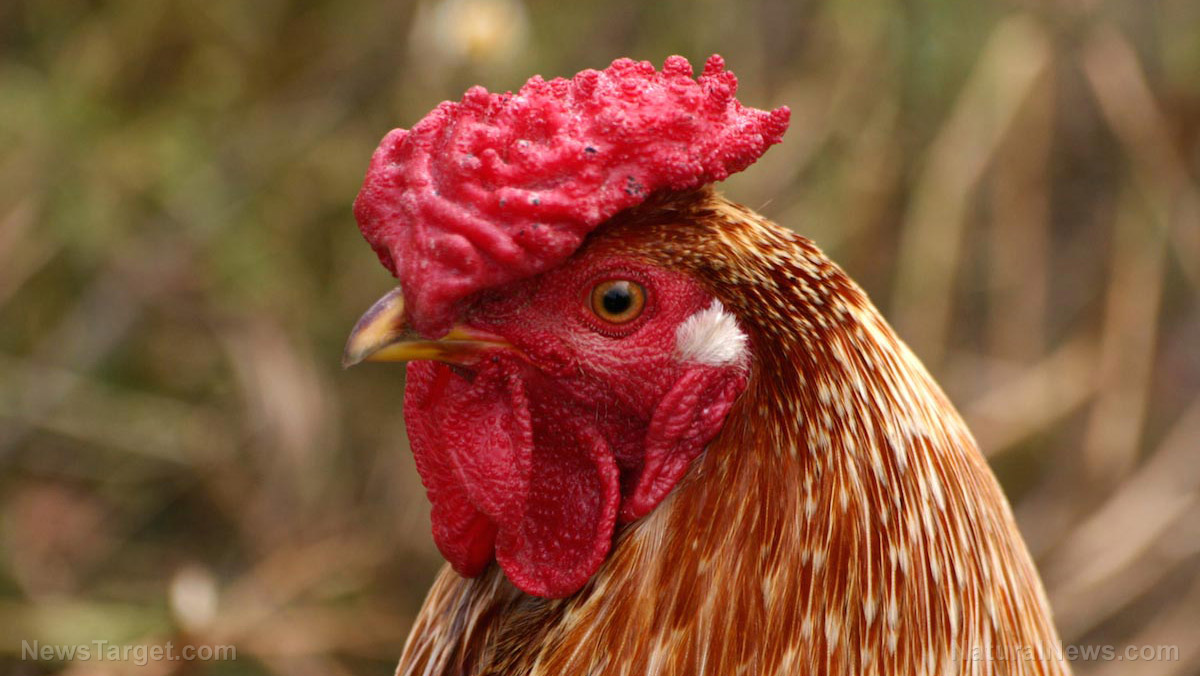
The idea of nutrient loss is a common but troublesome problem that plagues all kinds of soils. Efforts have been made by a number of institutions to combat this issue, to varying degrees of success. Yet, as a team of researchers has demonstrated, the answer could very well lie in a tool widely used by poultry farmers: broiler litter.
For their study, the researchers followed an undisturbed soil column model using two types of soil. The first type was agricultural soil that had Bermuda grass planted onto it in 2014. The second type was reclaimed coal mine soil that had Bermuda grass as well but planted in 2016. As for the broiler litter, fresh and composted broiler litter were utilized. Some of the broiler litter had been amended with flue gas desulfurization (FGD) gypsum, a synthetic product derived from electrical power plant FGD systems.
The researchers began by applying fresh and composted broiler littler onto their soil columns. These columns underwent weekly leaching with 500 mL deionized water, to which they gradually added at 100 mL increments. Afterward, they extracted and measured the samples of leachate or the fluid that has passed through matter and absorbed some of its constituents. (Related: If you grow food in cinder blocks, you may be poisoning yourself with heavy metals)
All of the columns had received roughly the same amounts of nitrate from the fresh and composted broiler litter. However, the leachate from composted broiler litter-treated soil was found to have fewer nitrate leaching losses. The researchers calculated a loss of 6.61 kilograms per hectare (kg ha–1) against 9.4 kg ha–1 from fresh broiler littler-treated soil. Computing the carbon and phosphorus yielded remarkably similar results. Carbon loss was 5.6 against 11.7 kg ha–1; phosphorus loss was 5.6 against 6.8 kg ha–1. Based on these findings, the researchers stated that composted litter had great potential to decrease soil nutrient loss.
Furthermore, the researchers noted that the addition of FGD gypsum to fresh broiler litter was highly beneficial. Doing this curbed the losses of phosphorus, copper, and zinc by as much as 67, 73, and 84 percent, respectively. These reductions were constant in other leaching events.
Based on the results of their experiment, the researchers stated that composted broiler litter was a suitable management practice for agricultural and reclaimed coal mine soil alike. Compared to fresh broiler littler and nitrogen, phosphorus, and potash (NPK) fertilizer, composted broiler litter was far better at creating a sustainable agricultural ecosystem.
What is broiler litter?
Also known as poultry litter, broiler litter is a byproduct of intensive poultry production. Its components tend to differ from region to region, but in most cases, broiler litter is usually made up of poultry excrement, bedding materials, feathers, and spilled feed.
This unique mixture tends to give broiler litter a broad spectrum of carbohydrates, proteins, fats, and minerals. But the exact chemical and physical attributes of these compounds will depend largely on the diets of the birds, their species, and the bedding retention times. In general, however, broiler littler mainly contains nitrogen and phosphorus.
Other minerals can include:
- Calcium
- Carbon
- Magnesium
- Potassium
- Sodium
- Sulfur
Broiler litter has numerous applications. One of the most widespread is in waste management since it calls for the recycling of poultry excrement. Other uses include acting as both a fertilizer and soil conditioner and as a fuel source for power plants.
Despite its usefulness, boiler litter can pose some issues. For some poultry-producing regions in Australia, using it has been expensive due to the rising cost of litter transportation and the strict restrictions regarding land availability.
Visit Harvest.news to read up on more news and studies concerning agriculture.
Sources include:
Tagged Under: agriculture, broil litter, Ecology, ecosystems, fertilizer, food science, harvest, poultry farming, poultry litter, soil nutrient loss, sustainable agro-ecosystems






